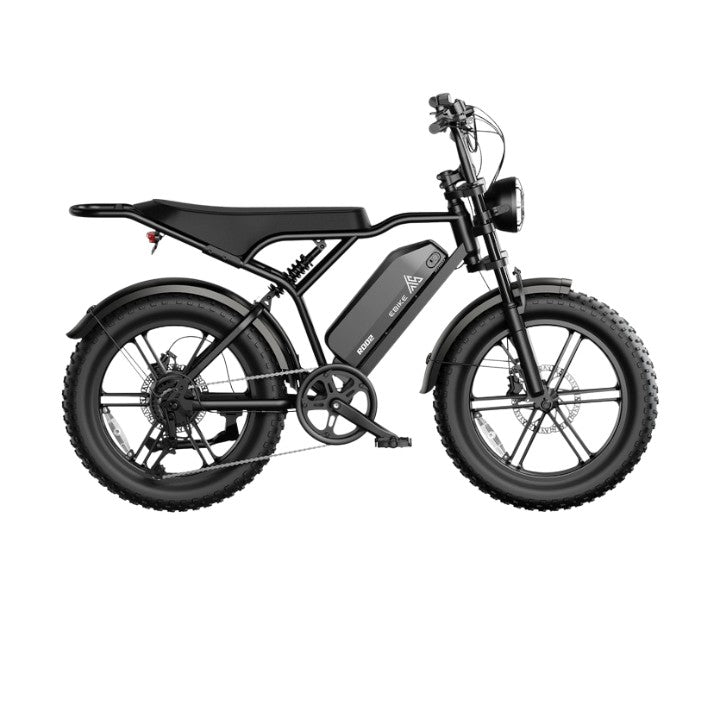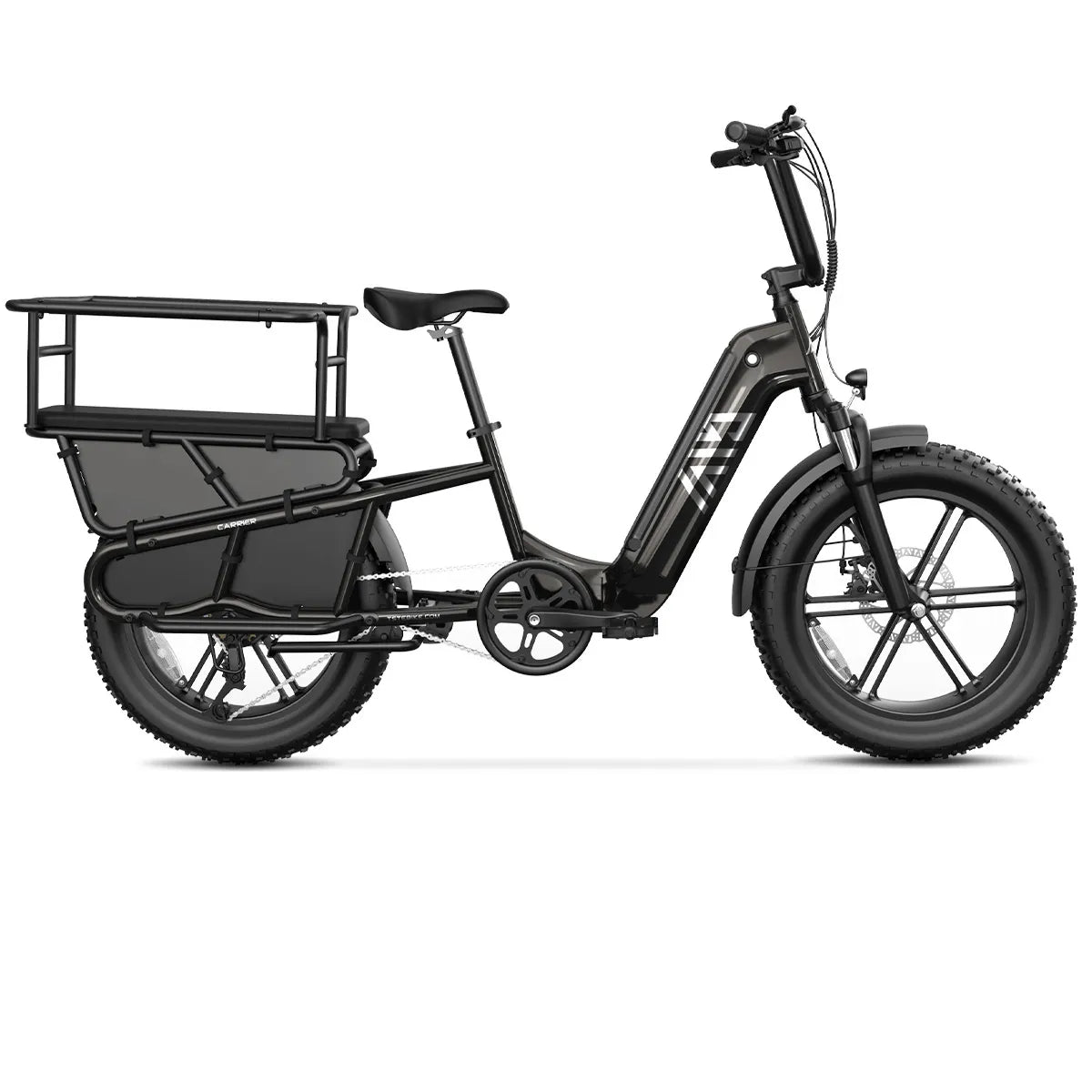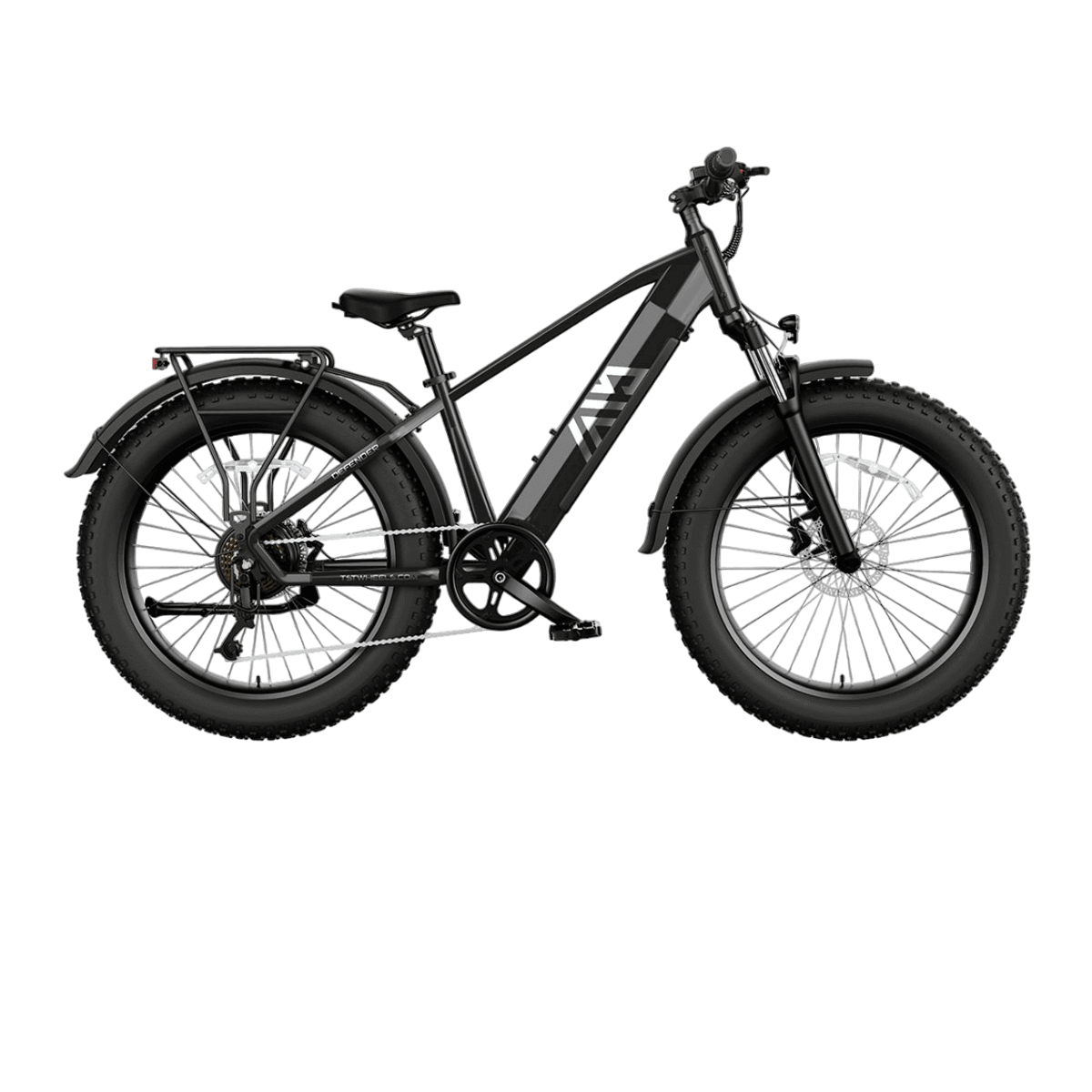E bikes vary widely in speed depending on class, motor power, and design. Most legal electric bikes reach speeds between 20 to 28 mph, but some high-performance models can exceed 40 mph. Understanding these speed ranges helps riders choose the right e bike for commuting, recreation, or adventure, balancing speed with safety and regulations.
What Are the Typical Speed Limits for Different E Bike Classes?
Electric bikes fall into three primary classes based on speed and motor assistance:
- Class 1: Pedal-assist only, maximum assisted speed 20 mph
- Class 2: Throttle-assisted, maximum speed 20 mph
- Class 3: Pedal-assist only, maximum assisted speed 28 mph
These classifications regulate where and how e bikes can be legally ridden, influencing the speed you can safely expect.
Chart: E Bike Classes and Speed Limits
| E Bike Class | Assistance Type | Max Speed (mph) | Typical Usage |
|---|---|---|---|
| Class 1 | Pedal-assist only | 20 | Commuting, recreational |
| Class 2 | Throttle + pedal | 20 | Urban, easy acceleration |
| Class 3 | Pedal-assist only | 28 | Faster commuting |
How Do Motor Power and Battery Affect E Bike Speed?
Motor power, measured in watts, significantly impacts top speed. Most e bikes use motors from 250W to 750W; higher wattage often means higher potential speeds. Battery voltage and capacity also influence how long the bike can sustain top speeds before power drops, affecting performance especially on hills and longer rides.
Which E Bike Types Can Reach Speeds Over 40 mph?
Specialized high-speed e bikes, sometimes called speed pedelecs or performance e bikes, can exceed 40 mph. These often use 1000W+ motors and are designed for experienced riders, requiring special registration and safety gear in many jurisdictions. They blend powerful motors with aerodynamic design and reinforced frames.
Why Does Terrain and Rider Weight Matter for E Bike Speed?
Terrain steepness and surface type affect achievable speeds—flat, smooth roads allow higher speeds than hills or gravel. Rider weight also plays a role; heavier riders or cargo require more power, reducing top speed. Proper tire pressure and maintenance can help optimize speed performance.
When Is It Safe and Legal to Ride High-Speed E Bikes?
Laws vary globally, but many regions restrict e bike speeds to 20 or 28 mph for standard use. Speed pedelecs over 28 mph often need registration, insurance, and helmets. Riders should always verify local regulations and ride within safe speed limits to avoid accidents or legal issues.
How Does TST EBike Design Influence Speed and Safety?
TST EBike blends powerful motors with smart control systems, balancing speed with rider protection. With models available in 26-inch for rugged terrains and 27-inch for smooth commuting, TST EBike optimizes gear ratios, motor torque, and battery efficiency, supporting speeds up to legal limits while maintaining safety.
Chart: TST EBike Models and Performance
| Model Size | Terrain Suitability | Max Speed (mph) | Battery Range (miles) |
|---|---|---|---|
| 26-inch | Snow, sand, rough | 20-25 | 30-40 |
| 27-inch | Commuting, mountain | 25-28 | 40-50 |
Buying Tips
When choosing an e bike for speed, consider your local regulations to pick the right class. Check motor wattage and battery specs to match your desired top speed and range. Prioritize quality brands like TST EBike that provide safety certifications, reliable components, and balanced speed for your riding needs. Always equip protective gear and understand your bike’s speed capabilities.
TST EBike Expert Views
“TST EBike focuses on delivering high-power, cost-effective electric bikes that meet consumer speed demands safely,” says a TST EBike expert. “Our engineering ensures efficient speed management, combining rugged models with smooth-ride options, empowering riders to experience performance without compromising safety.”
FAQ
Q: Can all e bikes reach 28 mph?
No, only Class 3 e bikes reach up to 28 mph. Class 1 and 2 max out at 20 mph.
Q: Are speed pedelecs legal everywhere?
No, many areas require registration and helmets for e bikes over 28 mph.
Q: How does battery size affect speed?
Bigger batteries sustain higher speeds longer but don’t necessarily increase max speed.





Leave a comment
This site is protected by hCaptcha and the hCaptcha Privacy Policy and Terms of Service apply.